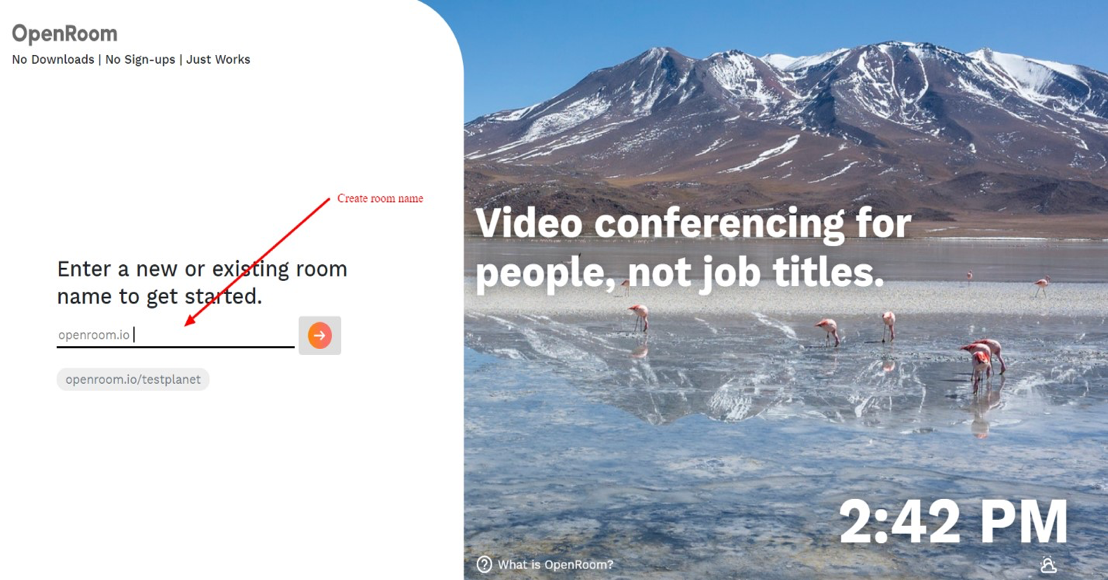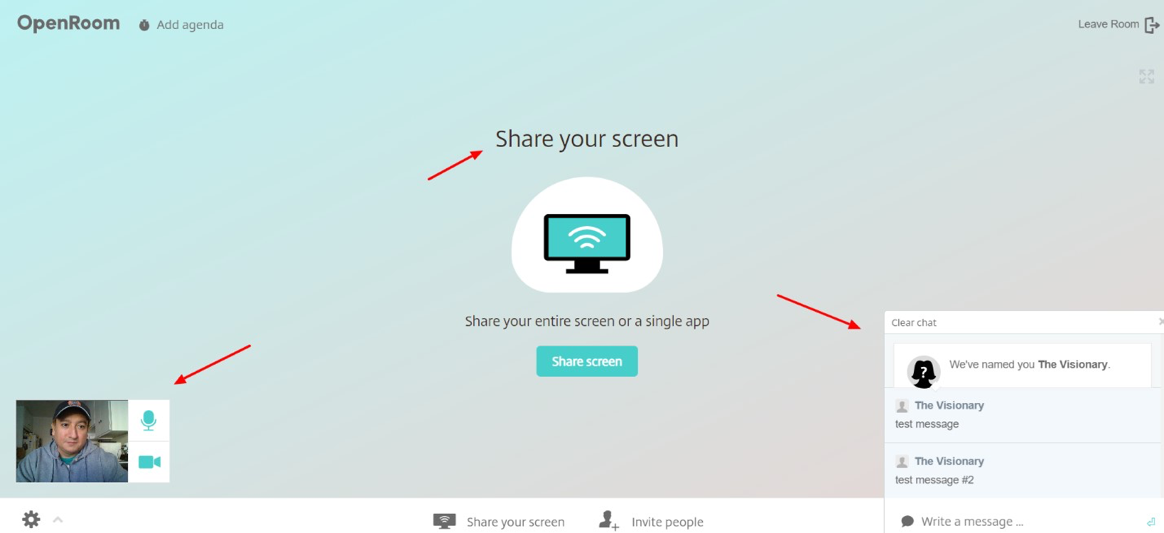TREND WATCH: Want to become a Sales Hacker for your business? Incorporate video sales calls

Video chat technology is ubiquitous. Just look at how easy it is to jump on FaceTime, Skype, Facebook and Instagram video chats with friends and family. However, B2B sales professionals and buyers have not fully embraced it despite the technology being quite mature and available at a low cost or free. Signs point to increasing adoption, and every sales hacker needs to take note of this trend.
Gartner predicted 100 of the Fortune 500 companies would be using video calls by 2018. While I don’t know whether that milestone was reached, I side with people like entrepreneur Alex Berman who says, “Video calls are about to take over.”
His reasoning is that services are becoming “productized,” with buyers in traditional salesperson driven verticals signing up directly from websites without talking to salespeople. If you don’t think salespeople could be bypassed in your industry because your offering is very complex, you might be right. However, it is already happening for typically salesperson-driven, complicated transactions such as buying cars.
Carvana is an online car-buying service. Buyers peruse vehicles through photos and 360-degree virtual tours, and can even apply for financing, without having to haggle or deal with any salespeople. The entire transaction, normally a highly stressful endeavor which takes the whole day at a dealership, can take less than two hours to start to finish. Cars are delivered to the buyer’s door in mere days, and they can refuse it if they don’t like it.
While Carvana is a B2C company, it’s not hard to imagine any corporate buyer going through a similar process with a software package, a piece of plant equipment, a line of credit, office servers, or commercial real estate. This world is fast approaching, but salespeople can stay relevant and provide value through video calls, especially if their companies install video chat capabilities right into product and service pages on their websites.
Why chatbots are not the answer
Currently, many vendors use AI chatbots on their websites, but people find them annoying for the most part. They pop up in an intrusive way, and rarely provide the nuanced answers a real person can.
In CMSWire’s “Why I Hate Customer Service Chatbots,” author Tom Petrocelli shares a typical experience:
“I needed to ask what seemed like a simple question about my Microsoft 365 account. It was the type of question a human could (and did) answer in less than a minute. The Microsoft chatbot, however, couldn’t understand my question and kept responding with more and more irrelevant questions of its own in a vain attempt to understand what I wanted. I finally had to ask for a human.”
As selling is a nuanced field which requires a deep understanding of human emotions and subtle cues from buyers, these artificial intelligence tools are simply not viable solutions for sales. Sales hackers, however, could use video chat to bridge the gap between the immediate answers chatbots are supposed to provide (but rarely do adequately) and in-depth face-to-face consultation.
Why video sales calls?
One retailer reported a 400% greater conversion rate and 10% greater average order value for video interactions as compared with text chat. If that isn’t enough to inspire you, consider some other benefits for sales hackers who incorporate video chat:
- Video chat provides the human touch
- It allows a salesperson to be right there to work with a buyer while they are live on your site and interested in your product or service, similar to a visitor entering a store
- It allows salespeople to pick up on body language, voice inflection, and thereby match buyer personas
- It allows salespeople to recognize the “buyer’s shift,” indicating they are ready to pull the trigger
- It cuts down on travel expenses, lunches, and other common sales department expenditures
- Right now, companies who execute video chat successfully are early adopters and this can set them apart from the competition.
Okay, you are probably ready to look into video sales calls for your own company. Where do you start?
A few video chat solutions salespeople can use right now
This is by no means a comprehensive list, as this space is rapidly evolving. But here are a few ideas to get started with video sales calls beyond the obvious social media solutions mentioned at the start of this post.
Openroom.io
Want to try a video call right now with zero expense? Sales hackers looking for a quick, no-frills way to establish a video chat with a prospect without shelling out a single dime, downloading software, or filling out a registration form can try out Openroom.io, a website launched this February. To use, all you have to do is create a room name, share the URL with the prospect, and you are instantly connected.
Once you are in, you can do things like:
- Share your screen
- Use text-based chat
- Mute your audio or video
- Enter an agenda, with countdown timers for each topic
It is a useful tool for a quick video chat. One peculiarity is that it assigns you a user name (see the chat window in the screen grab above) which you cannot modify, such as The Experimenter or The Visionary. Another issue is that it is not supported on mobile devices or tablets as of this writing. Finally, there is precious little information on the website about who the developers are, how safe your conversations are from snooping eyes, or even an FAQ page for that matter. Regardless, the instant video chat capability it provides could work in a bind or serve as a proof of concept to present to leadership.
Tokbox
If you prefer to keep the video interaction on your website rather than an external app or browser window, visit Tokbox. They are one of the better-known names in this space and make it very easy to add a video chat embed to websites and offer a menu of scalable solutions. The best part is their video chat works across all devices as it is built on the WebRTC open-source platform. Speaking of which…
WebRTC
If you’d like to develop your own solution, explore WebRTC, an open-source protocol which allows cross-browser video voice and data without requiring users to download any software. While it forms the base for several commercial applications, it can also be used to develop your own in-house video sales call tools without paying anyone for its use.
The project is supported by major players, including Google, Mozilla, opera and others. It also has a large community of users and developers ready to help, similar to other longstanding open-source solutions like WordPress.
In summary, video sales calls and video chats are trends sales hackers should leverage to stand out from the crowd, create better buyer experiences, and remain relevant in a world where salespeople are increasingly pushed towards the end of the buyer’s cycle – or eliminated altogether. Fortunately, tools like the ones described here are making it easier than ever to incorporate this technology and stay ahead of the curve.






